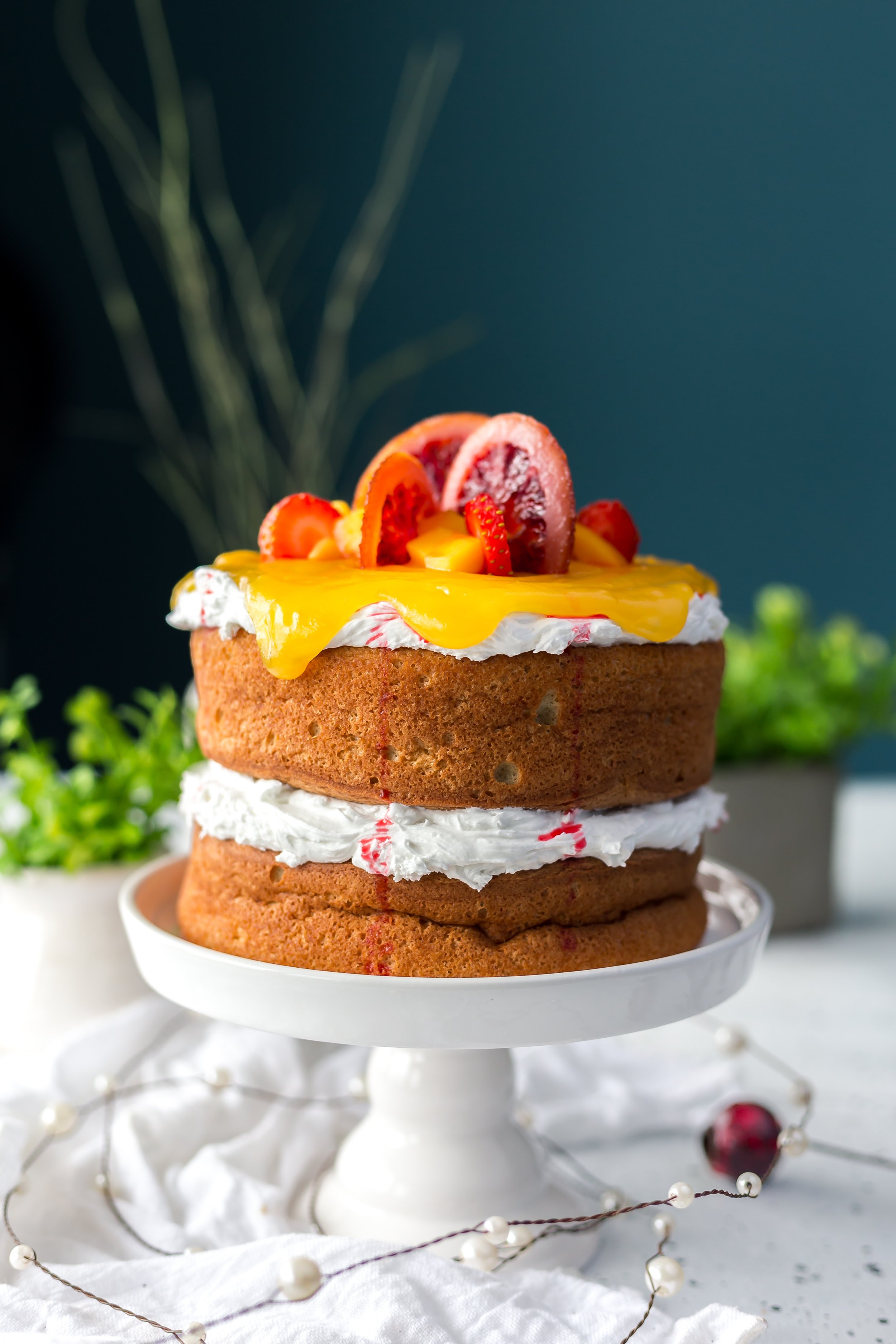PLOTTING
I think of plotting a book as a bit like baking a sponge cake. The cake has just a few ingredients: flour, sugar, eggs, and fat. This recipe is tried and tested, and with care in its execution, it will produce a perfectly edible cake. Once you master the basic recipe you can start adding and substituting ingredients to make it unique, but the base is always the same. Here are the ingredients to make a Thriller.
Beginning –set the scene, then comes the trigger for the start of the quest.
Middle - surprises fill the middle section with lots of twists and turns.
Climax - the turning point in the story that occurs when your main character makes vital choices.
Resolution – the set of events that bring the story to its close.
That’s the basic recipe – let me expand a little on that:
A trigger can be when a child goes missing, a body found, that kind of thing.
Quest is the search for said child or killer at large.
Surprises and twists and turns - here is where your subplots come in and your conflict between characters, (see Character blog). Give a couple of your characters time to shine here.
Choices - when your main character is faced with good or bad roads to take, which one will he choose?
Story close - a series of events that end your story and bring everything together.
Your book will have an overall theme that binds all your ingredients together.
Here is a list of 20 according to Tobias, Ronald B. 20 Master Plots. Cincinnati: Writer’s Digest Books, 1993. (ISBN 0-89879-595-8)
1. Quest
2. Adventure
3. Pursuit
4. Rescue
5. Escape
6. Revenge
7. The Riddle
8. Rivalry
9. Underdog
10. Temptation
11. Metamorphosis
12. Transformation
13. Maturation
14. Love
15. Forbidden Love
16. Sacrifice
17. Discovery
18. Wretched Excess
19. Ascension
20. Descension
Here is an exercise to try: walk down the street, observe the first two people you meet, note their characteristics (see my blog on creating Characters): not the way they walk, their expression, the clothes they are wearing etc. Now make one of these two your protagonist and one your antagonist, and then choose one of the themes listed above to link your characters together and create your story.
NO IDEAS? Copy the plot of one of your favourite stories or films and ask yourself:
What is the overarching theme?
Break the plot down into its components: setting, characters, and their roles. What was the trigger that kicked off the quest? What were the subplots and how was the climax handled?
Break it down further: how does the writer make me want to turn the page - perhaps writing style will come into this? Why am I drawn to the characters? How does the writer handle dialogue? What’s my favourite scene and how does the writer make it work?
Analyse when, why and where the writer achieves these vital components that have gone into making this a piece of work you love.
Remember - If you can break down someone else’s work into a plot and outline - you can understand how to create your own.
GET PLOTTING!
